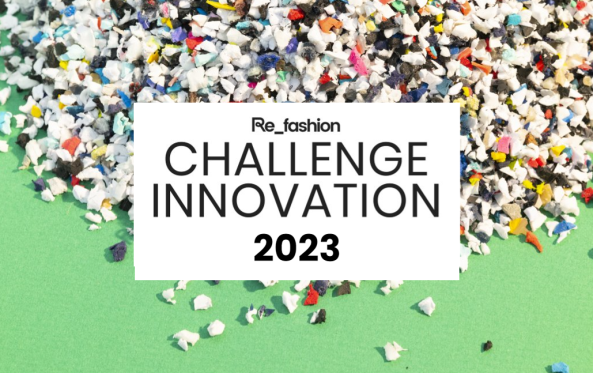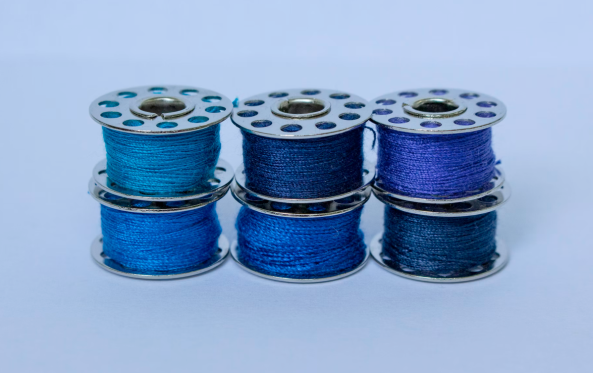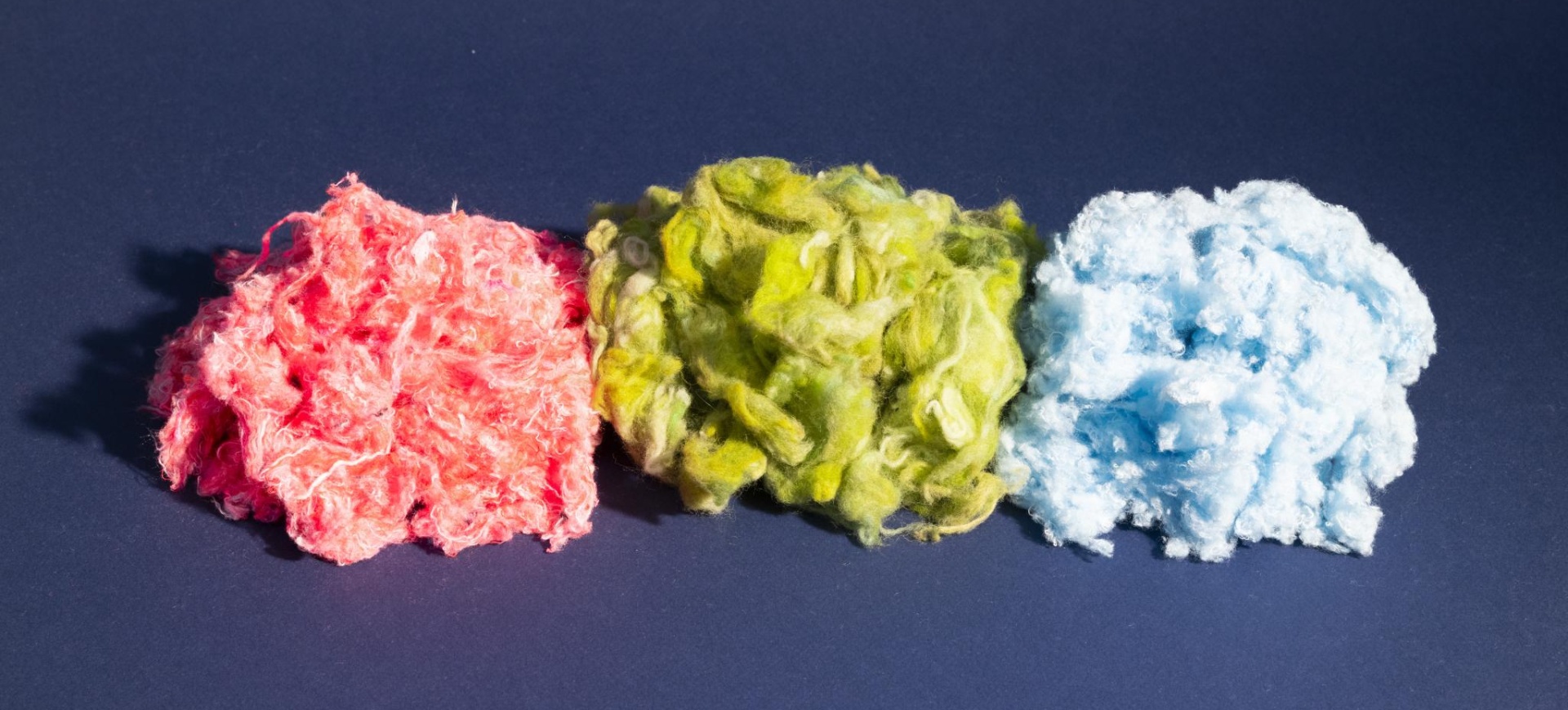To promote material circularity and reduce the environmental impact of the textile industry, recycling becomes essential when reuse, repair or repurposing are no longer possible. While mechanical and thermo-mechanical recycling technologies are more established and already offer solutions, they have certain limitations: inability to separate blended materials, difficulties in dealing with dyes, and a general reduction in fibre length.
New chemical recycling technologies complement these methods by breaking down textiles into reusable raw materials.
Chemical textile recycling technologies and their characteristics
Chemical textile recycling involves breaking down textile waste into polymers and/or monomers through chemical processes. These output materials are then transformed to produce new fibers for the textile industry (closed-loop) or for products in other sectors (open-loop).
There are two main chemical recycling technologies:
- Dissolution: selectively separates materials using specific solvents.
- Depolymerisation: breaks the polymer chains to convert them into base monomers.
These processes can recycle blended, coloured, or additive-containing textiles that are difficult to treat with mechanical methods.
Which materials are concerned ?
Single-material textiles
A textile is considered single-material when it is composed of only one type of fibre.
- Cotton and cellulosic fibres: These are the dominant materials* found in non-reusable textile waste sorted at collection centres. Chemical dissolution is a preferred recycling route for these fibres.
- Polyester: The second most common fibre after cotton in non-reusable textile waste*. Depolymerisation by solvolysis is particularly suitable for polyester, as it efficiently recovers its base monomers.
- Polyamide (nylon): More difficult to recycle due to its complex chemical structure and the variety of polyamide types used in garments. Polyamide can be recycled by depolymerisation (either via acid hydrolysis or enzymatic depolymerisation).
- Acrylic: Chemical recycling of acrylic and modacrylic textiles is complicated by the presence of monomers, chlorine, and bromine. Suitable processes for these materials are still under development.
*Based on the characterisation study of the incoming and outgoing streams from sorting facilities of 2023. For more information, see the full study.
Two-material blended textiles
Blends of two different fibres are referred to as bi-material textiles.
- Polyester/cotton (polycotton): Various chemical approaches exist to separate the cotton (cellulose) from the polyester, depending on the desired outputs and target markets.
- Blends with polyamide or elastane: The recycling of two-material blends containing polyamide or elastane is still in the academic research stage.
Textiles with three or more materials
Blends of three or more materials make fibre separation and recycling very challenging. The most common mix is cotton/polyester/elastane. Currently, no chemical recycling process can effectively treat such heterogeneous compositions.
Chemical textile recycling paves the way for more efficient recovery of hard-to-treat materials. Developing chemical technologies alongside other recycling methods could significantly increase material recovery from non-reusable used textiles.
To maximise the benefits, challenges must be addressed, including feedstock purity, environmental impact, and economic viability.




